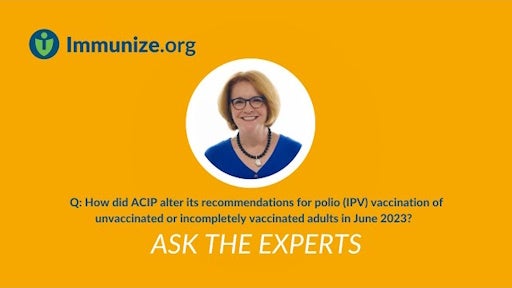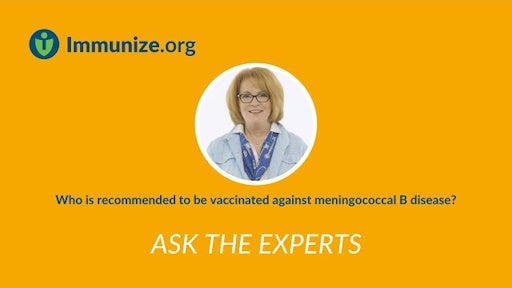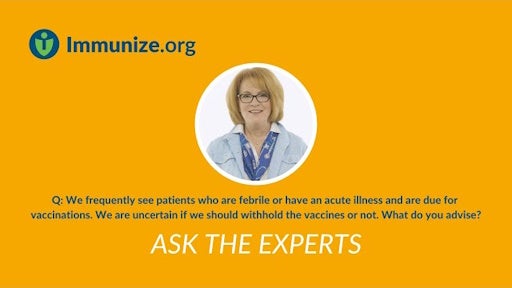The most recent comprehensive ACIP recommendations for the use of MMR vaccine were published in 2013 and are available at www.cdc.gov/mmwr/pdf/rr/rr6204.pdf. CDC published the ACIP recommendations for the use of Priorix (GSK) brand of MMR vaccine on November 18, 2022, and they are available here: www.cdc.gov/mmwr/volumes/71/wr/pdfs/mm7146a1-H.pdf.
There is no difference in recommendations between Priorix and MMRII (Merck) brands of MMR vaccine. Priorix may be used in any situation where MMR vaccination is recommended. Despite minor differences in manufacturing (MMRII contains gelatin; Priorix does not) and approved route of administration (MMRII is approved for subcutaneous or intramuscular injection; Priorix is approved for subcutaneous injection only), the two vaccines may be considered functionally identical and interchangeable.
MMR vaccine is recommended routinely for all children at age 12 through 15 months, with a second dose at age 4 through 6 years. The second dose of MMR can be given as early as 4 weeks (28 days) after the first dose and be counted as a valid dose if both doses were given after the child’s first birthday. The second dose is not a booster, but rather is intended to produce immunity in the small number of people who fail to respond to the first dose.
Adults with no evidence of immunity should get 1 dose of MMR vaccine (evidence of immunity is defined as documented receipt of 1 dose of live measles virus-containing vaccine [or 2 doses, if high risk], laboratory evidence of immunity or laboratory confirmation of disease, or birth before 1957), unless the adult is in a high-risk group. Susceptible high-risk people need 2 doses of vaccine, given 4 weeks apart. High-risk people include school-age children, healthcare personnel, international travelers, and students attending post-high school educational institutions.
Live measles vaccine became available in the United States in 1963. An ineffective, inactivated measles vaccine was also available in the United States in 1963–1967. Combined MMR vaccine (MMRII, Merck) was licensed in 1971; Priorix (GSK) MMR vaccine was licensed and recommended in 2022. For people who previously received a dose of measles vaccine in 1963–1967 and are unsure which type of vaccine it was, or are sure it was inactivated measles vaccine, that dose should be considered invalid and the patient revaccinated as age- and risk-appropriate with MMR vaccine. If the person can confirm they received a live vaccine during that era, the dose is considered valid and does not need to be repeated. At the discretion of the state public health department, anyone exposed to measles in an outbreak setting can receive an additional dose of MMR vaccine even if they are considered completely vaccinated for their age or risk status.


